Kluczowe dokumenty
03-4550
Butyl acrylate
SAJ first grade, ≥99.0%
About This Item
Polecane produkty
klasa czystości
SAJ first grade
gęstość pary
>1 (vs air)
ciśnienie pary
3.3 mmHg ( 20 °C)
Próba
≥99.0%
Postać
liquid
temp. samozapłonu
559 °F
granice wybuchowości
9.9 %
dostępność
available only in Japan
współczynnik refrakcji
n20/D 1.418 (lit.)
tw
145 °C (lit.)
gęstość
0.894 g/mL at 25 °C (lit.)
ciąg SMILES
CCCCOC(=O)C=C
InChI
1S/C7H12O2/c1-3-5-6-9-7(8)4-2/h4H,2-3,5-6H2,1H3
Klucz InChI
CQEYYJKEWSMYFG-UHFFFAOYSA-N
Szukasz podobnych produktów? Odwiedź Przewodnik dotyczący porównywania produktów
Hasło ostrzegawcze
Warning
Zwroty wskazujące rodzaj zagrożenia
Zwroty wskazujące środki ostrożności
Klasyfikacja zagrożeń
Acute Tox. 4 Inhalation - Aquatic Chronic 3 - Eye Irrit. 2 - Flam. Liq. 3 - Skin Irrit. 2 - Skin Sens. 1 - STOT SE 3
Organy docelowe
Respiratory system
Kod klasy składowania
3 - Flammable liquids
Klasa zagrożenia wodnego (WGK)
WGK 1
Temperatura zapłonu (°F)
98.6 °F - closed cup
Temperatura zapłonu (°C)
37 °C - closed cup
Środki ochrony indywidualnej
Eyeshields, Faceshields, Gloves, type ABEK (EN14387) respirator filter
Certyfikaty analizy (CoA)
Poszukaj Certyfikaty analizy (CoA), wpisując numer partii/serii produktów. Numery serii i partii można znaleźć na etykiecie produktu po słowach „seria” lub „partia”.
Masz już ten produkt?
Dokumenty związane z niedawno zakupionymi produktami zostały zamieszczone w Bibliotece dokumentów.
Nasz zespół naukowców ma doświadczenie we wszystkich obszarach badań, w tym w naukach przyrodniczych, materiałoznawstwie, syntezie chemicznej, chromatografii, analityce i wielu innych dziedzinach.
Skontaktuj się z zespołem ds. pomocy technicznej
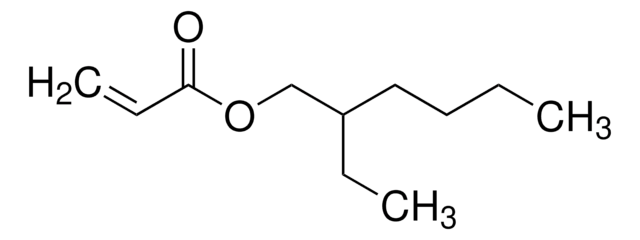
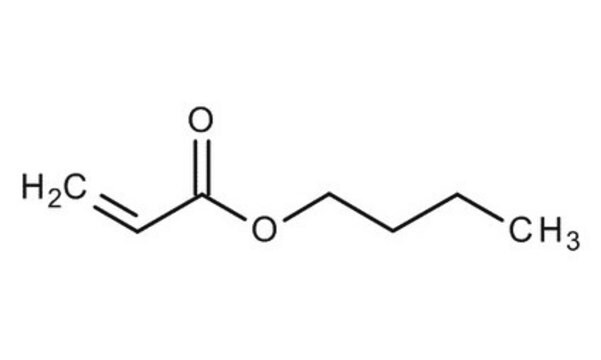

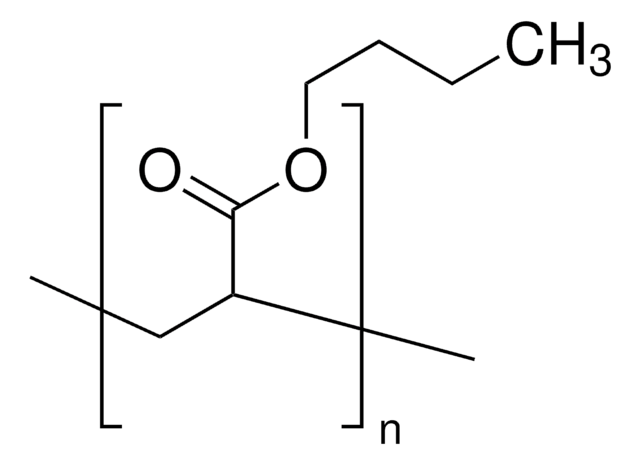
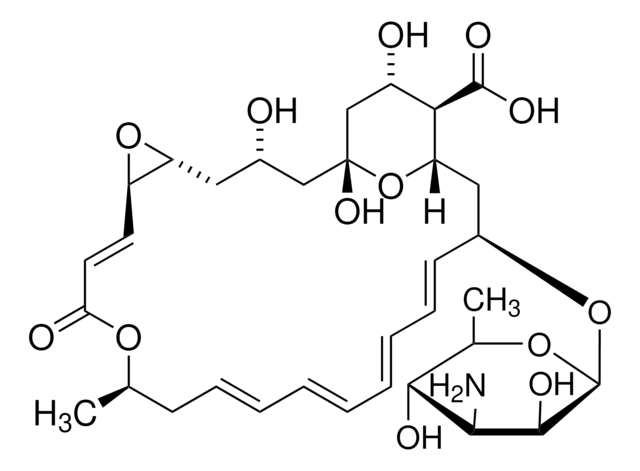
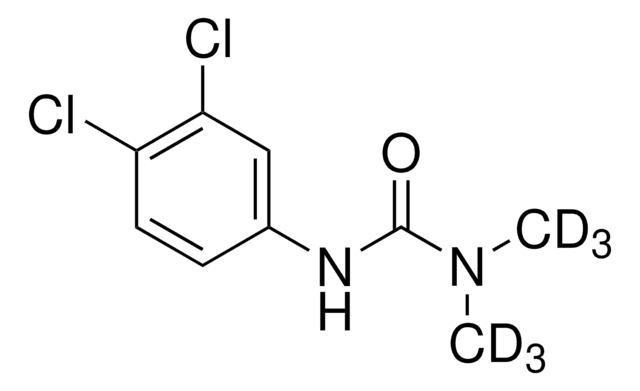
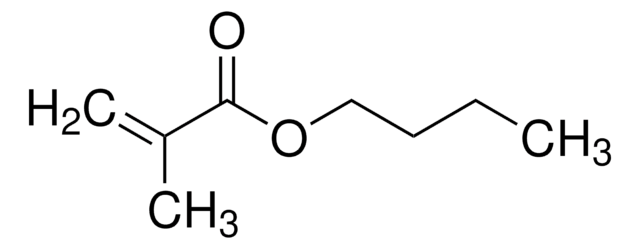
![2-Chloro-3-methyl-4-[(7R,7aS)-tetrahydro-7-hydroxy-1,3-dioxo-1H-pyrrolo[1,2-c]imidazol-2(3H)-yl]benzonitrile analytical standard](/deepweb/assets/sigmaaldrich/product/structures/119/074/76805e57-365a-4e29-94a1-76c8628e041b/640/76805e57-365a-4e29-94a1-76c8628e041b.png)

